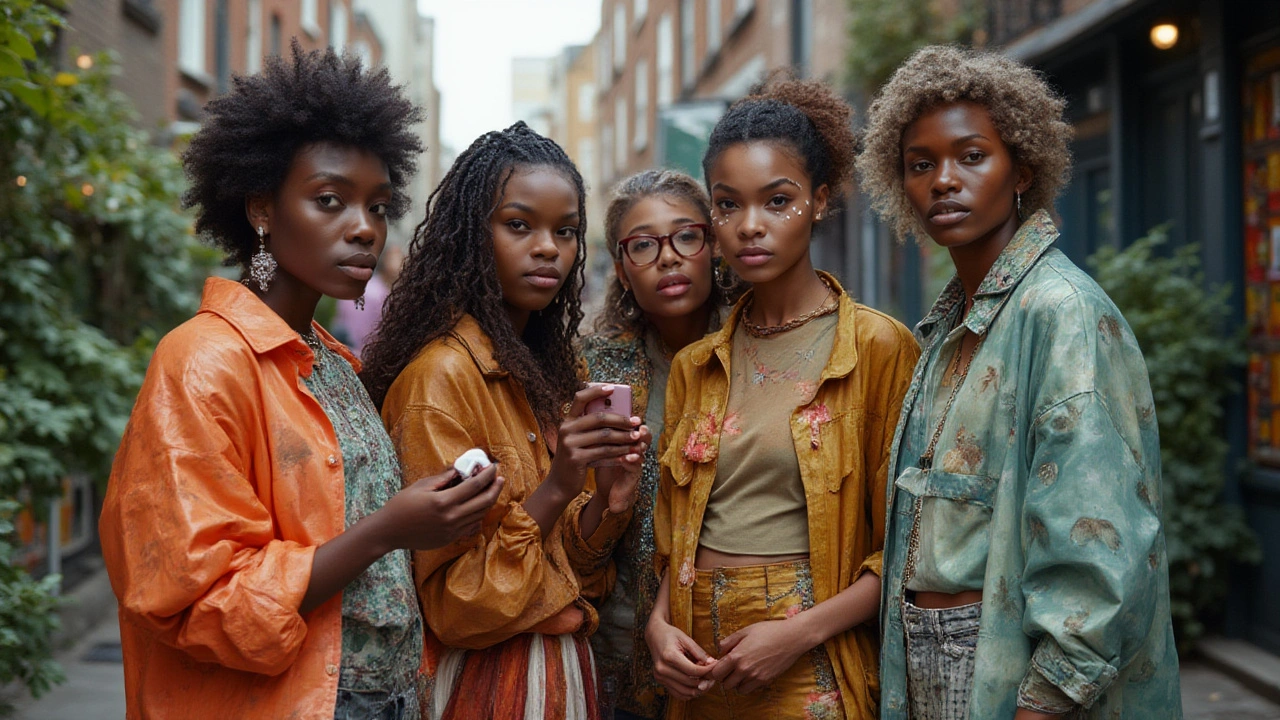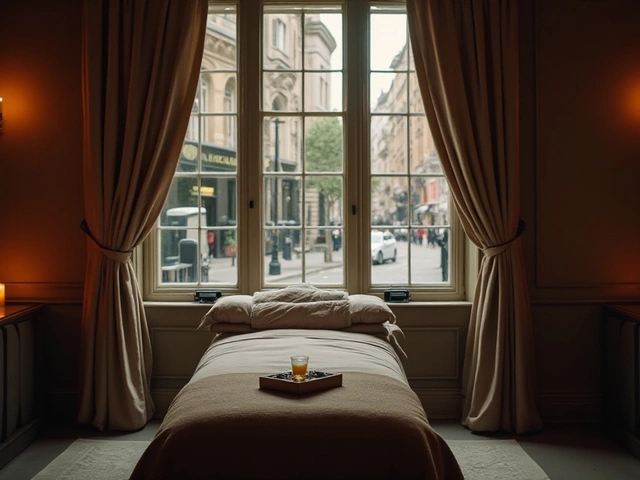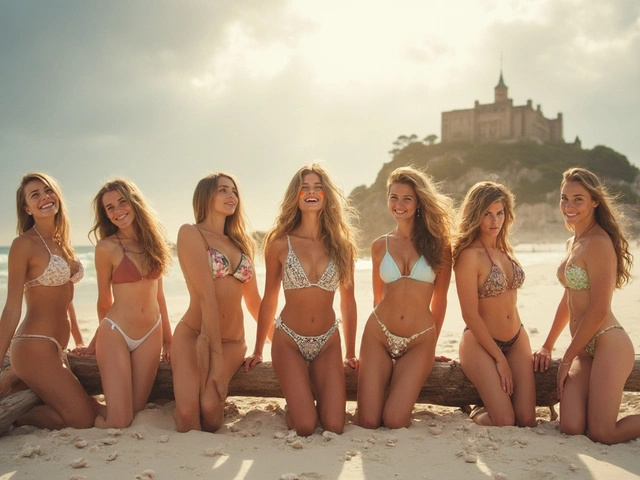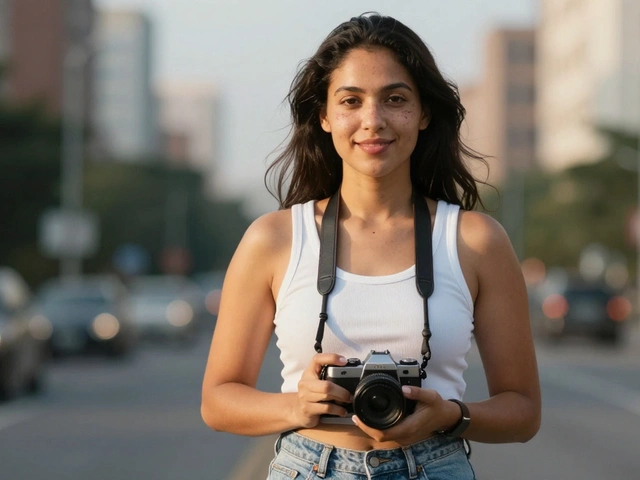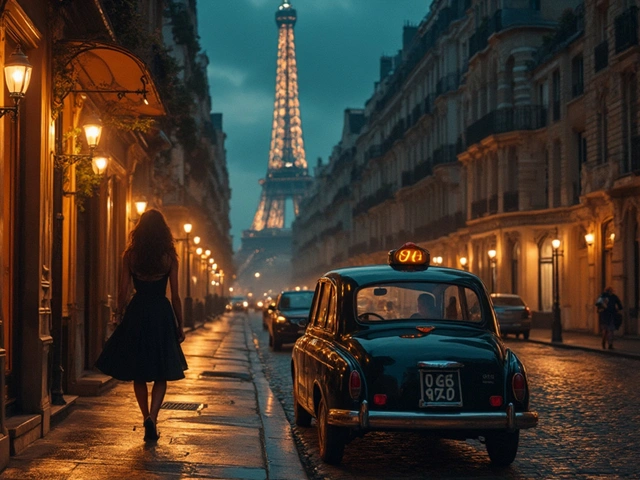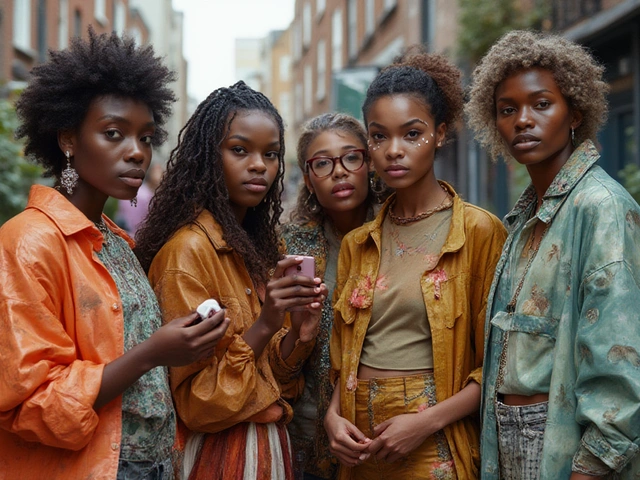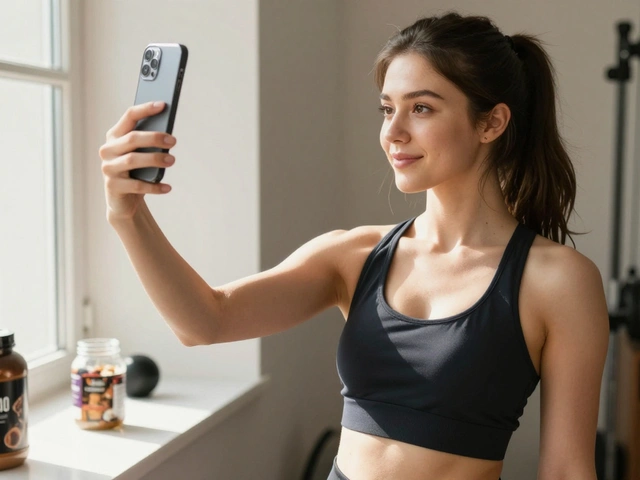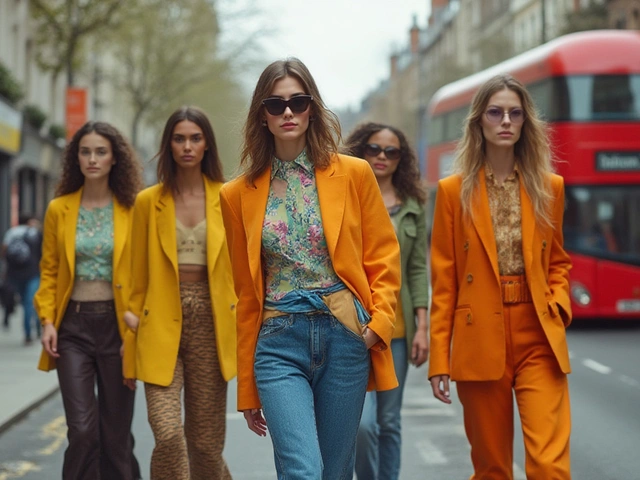You’ve probably scrolled past a photo of a sun-kissed model in a linen dress, tagged with words like #ecochic or #sustainablestyle. What if I told you this is changing what lands in your closet—and what stays in landfills? The world churns out over 92 million tons of textile waste each year, and traditional fashion is a notorious culprit for pollution and waste. But there’s a glimmer of hope: Instagram models aren’t just selling dreams; they’re selling better choices. With every carefully-posed shot, they’re shaping what we buy, crave, and care about. Suddenly, hemp isn’t just for burlap sacks, and recycled PET is as chic as silk. People aren’t just chasing trends or aesthetics—they’re chasing values. And leading that charge? Influencers with global reach, authentic voices, and wardrobes that give a damn.
Why Instagram Models Hold So Much Power
The average Instagram model isn’t just a pretty face—they’re often cultural translators, trendsetters, and, in some cases, full-on movements in motion. Recent surveys show that 75% of Gen Z shoppers rely on influencers for fashion tips. That’s not a fluke. Instagram is visual, personal, and instant. Models communicate in a way brands often can’t: directly and with relatability. You see an influencer like Venetia La Manna or Aditi Mayer in sustainable outfits, talking about ethical fabrics, and suddenly green fashion feels accessible, not preachy.
Brands know this power—and pay for it. In 2024, over 60% of sustainable fashion brands in Europe and North America shifted marketing budgets from glossy magazine spreads to Instagram influencer partnerships. Why? Because posts featuring real models in ethical clothing, sharing behind-the-scenes content about how things are made, drive higher engagement rates. Consumers trust a face and voice, not a brand slogan.
It’s not just about plugging a product. The top Instagram models in this space curate feed aesthetics that align with slow fashion: think earthy palettes, natural light, and carefully worn staples. This makes sustainable fashion look not just responsible, but desirable—affordable eco-basics like Everlane’s organic tees or Reformation’s upcycled dresses become must-haves, not sacrifice-buys. Influencers have also normalized thrifting and clothing swaps, turning what was once seen as ‘cheap’ into a badge of honor. DMs fill with questions: "Where did you get that jacket? Is it truly organic? How do you wash linen?” There’s a ripple effect, fueled by honest conversations and creative styling. Consumers watch models re-wear pieces, highlight eco-certifications, and even reveal missteps—like returning unsustainable PR packages or outing greenwashing brands.
So, when a model you trust posts about a fair-trade skirt made from recycled fishing nets, you’re a lot more likely to consider it for your next Friday night out. Instagram models, in essence, are the new storytellers, and sustainable fashion is their plot twist.
Inside the Craft: How Sustainable Fashion Gets the Spotlight
Let’s get specific. Sustainable fashion covers a huge spectrum—organic materials, recycled fabrics, cruelty-free dyes, ethical labor, and transparent supply chains. Instagram models break down “eco” jargon with real-life hacks. You’ll see Miranda Rodgers, with 480k followers, showing how she takes vintage jeans and styles them for work or play, talking about why she skips “fast fashion hauls.” Or maybe Olesya Chelysheva, known for her minimalist fits, will walk you through the impact of one organic cotton tee vs. conventional cotton (spoiler: it saves about 2,700 liters of water!). Each post spotlights not just a product, but the why behind it.
Story highlights now act as bite-size education hubs: “What’s up with Tencel?” “Is vegan leather really better?” Models consult with textile experts, film mini ‘day at the factory’ exposés, and debunk myths (no, eco-friendly doesn’t mean colorless or scratchy). They often use fresh reels and stories—explaining price tags, sharing repair tutorials, and advocating for ‘buy less, wear more’ philosophy. It’s not about pushing a brand every other post. Many leading models alternate sponsored partnerships with unpaid, sincere spotlights on small local brands, or do closet tours to show how often they repeat staple pieces.
One really smart trend: transparency challenges. Influencers now invite followers to dig with them—asking brands tough questions about sourcing, labor laws, and carbon impact. This activism spreads when models create shareable infographics or launch hashtags like #who_made_my_clothes. The domino effect? Instagram models influence each other, tag brands, and spark viral accountability drives. Suddenly, mainstream labels like H&M and Zara get grilled, and smaller sustainable lines find themselves celebrated by wider audiences.
Instagram models are also changing the face of fashion diversity. Many advocate for brands to use models of all shapes, genders, and backgrounds. This is especially key in sustainable fashion, which has sometimes skewed white and affluent. Today, it's common to see Instagram models spotlighting BIPOC-owned brands, disabled creators, and adaptive sustainable clothing. This shift isn’t just tokenism; it makes sustainable fashion more inviting, relatable, and aspirational, across every feed.
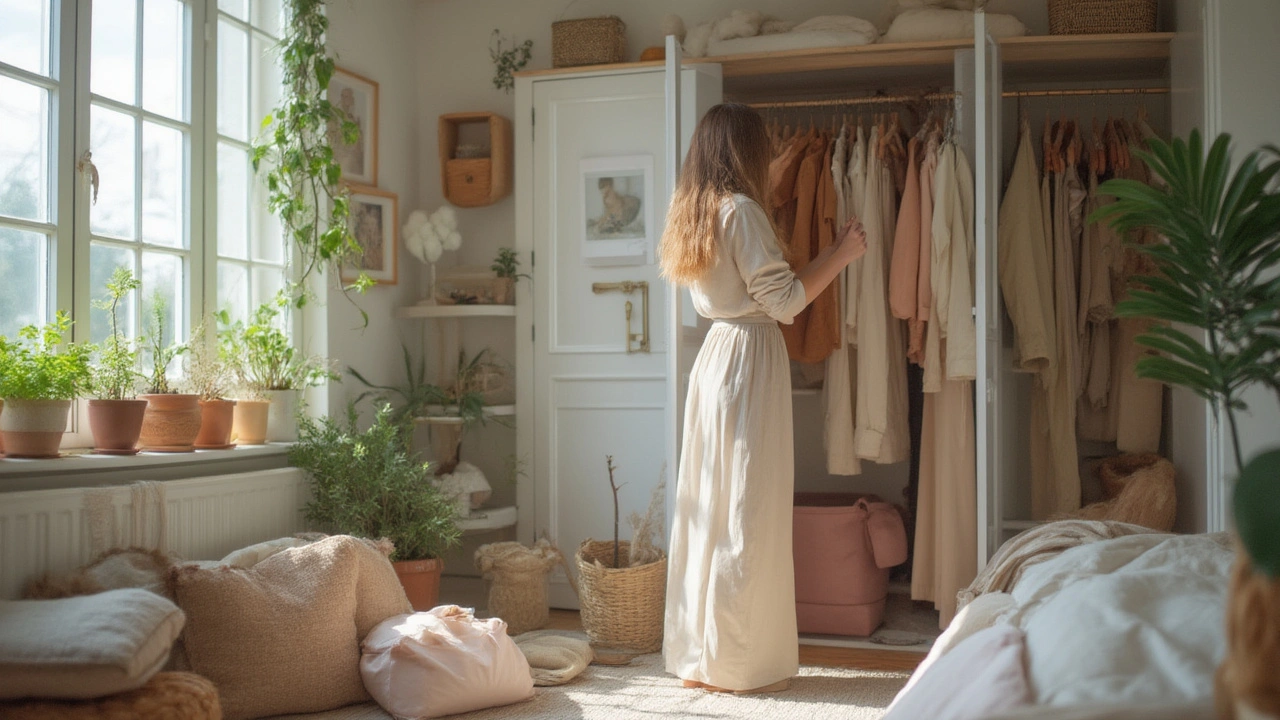
Instagram Campaigns: More Than Just Pretty Pictures
Remember Stella McCartney’s “There She Grows” campaign? Or Mara Hoffman’s “Responsibly Made” Instagram takeover? These weren’t accidents—they were triggered by influencer buzz. Instagram models almost act like campaign launchpads for sustainable collections. Brands time their eco-drops to partner with influencers who echo their ethics.
What makes a campaign successful? Raw honesty and personal narrative. Models aren’t afraid to show behind-the-scenes—the unedited sewing rooms, fabric offcuts, real workers sewing tags. Followers crave authenticity. When Instagram’s Sustainable_Fashionista posted daily vlogs of her month-long ‘No New Clothes Challenge’ in April 2025, over 70,000 viewers participated. Hashtag activations, like #SlowDownSunday, encourage users to showcase slow fashion and responsible styling—which turns private convictions into viral trends. Posts go up at the start of each season, encouraging people to rethink buying into fast fashion flashes, and instead look at capsule wardrobes or upcycling projects.
One surprising tip: Instagram models rarely push quick clicks. Instead, they invite longer decision-making cycles. They’ll drop sizing tutorials, fabric care routines, and fix-it-yourself videos. This isn’t standard e-commerce—this is fashion rehab. When a model wears her favorite eco-sneakers for three years and still raves about them, it sends a stronger message than a one-off discount code ever could.
The best campaigns incorporate community, inviting fans to share their own outfits, repairs, and thrift shop gems. User-generated content gets featured on big pages—suddenly, the audience is the runway. This “peer-to-peer” playbook changes who controls fashion. Now, every shopper can participate, show off their eco-finds, and become micro-influencers themselves.
Challenges and Greenwashing: Not Everything Is as Real as It Looks
It’s not all perfect harmony. The ugly side? Greenwashing is rife. Smart marketers know the pull of eco-language, and some brands fake it for quick wins. A study from The Changing Markets Foundation in late 2024 found that 59% of brands using "sustainable" on Instagram failed independent checks for transparency. Instagram models sometimes unwittingly boost “greenwashed” brands—only for followers to later find out about wage theft, hidden polyester, or bogus eco-certifications.
This stings Instagram models who genuinely care. Lately, many pre-vet every product or campaign before posting. Some, like Andrea Peña, only work with brands providing public impact reports on factories, making their vetting process a regular story feature. Refusing dubious collaborations isn’t always easy—especially when a single sponsored post can pay the rent. Still, leading voices now publish their own “brand blacklists,” and host open Q&As about what makes a partnership ethical. Transparency now trumps blind positivity.
Then there’s the problem of privilege. Sustainable pieces often cost more upfront, alienating followers on a tight budget. Instagram models have gotten more candid, acknowledging the financial side of slow fashion, and highlighting second-hand or rental options to make eco-style more democratic. There are even ongoing crowdsourced lists of affordable sustainable favorites, sorted by size, color, and accessibility.
Another real challenge? Followers growing cynical about “sustainability fatigue.” When every other post is eco-this, green-that, people start to tune out. Smart Instagram models counterbalance heavy messaging with humor, curiosity, and fresh perspectives. Instead of guilt trips, you’ll see reels about styling thrifted ‘ugly’ shirts, or relatable fail tales about DIY repairs gone wrong. Imperfection keeps things real—and keeps followers engaged.
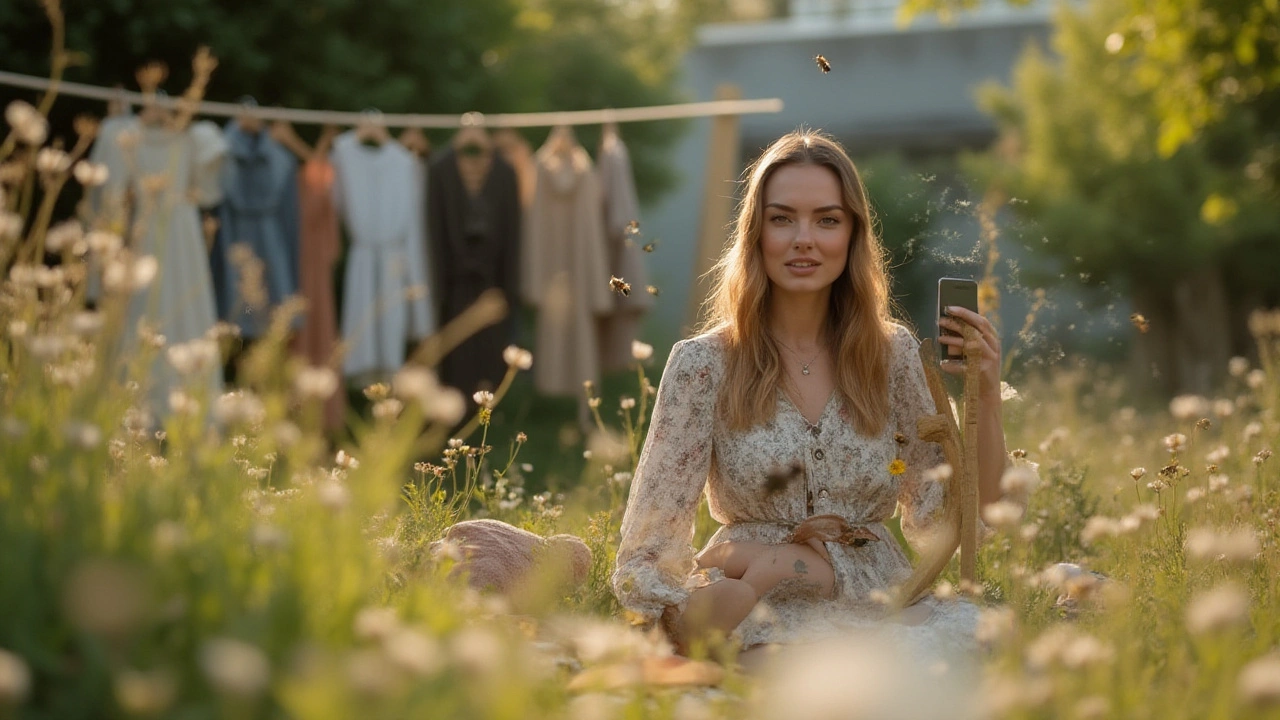
How to Spot and Support Authentic Sustainable Fashion on Instagram
So you want to shop smarter, and maybe align your closet with what Instagram models advocate for. But there’s a sea of green hashtags and paid posts. How do you sift through all that noise? A few easy tips can sharpen your eco-radar and lead you toward true sustainability (not just snappy captions or clever filters).
- Check for receipts: Real sustainable fashion features concrete numbers. Does the model link to supply chain info, show factory tours, or mention garment workers? Vague terms like “better for the planet” are red flags.
- Look for repeat wear: Models who put their money where their mouth is wear pieces season after season, not just in sponsored posts. Scroll through feeds and spot repeated favorites.
- Search for education, not pure promotion: If you’re only seeing links to buy, take a second look. The best Instagram models use stories to talk about fabric care, garment lifespans, and why they reject some offers. Learning content signals authenticity.
- Don't ignore the price conversation: Sustainable doesn’t always mean pricey. The top eco-minded models share affordable finds, DIY hacks, or tips for shopping second-hand. If it’s only $250 linen sets on repeat, someone’s missing the big picture.
- Assess diversity: Is the model highlighting different bodies, races, and ways to wear eco-style? Sustainability without inclusion just doesn’t add up.
It’s not about getting it perfect. Even Instagram models admit they stumble—mixing cheap fast fashion with second-hand steals, or relapsing into impulse buys. The big win is honesty. When models admit flaws, open up about mistakes, and explain their decision process, they build trust. The ripple effect? Followers feel safe to start their own slow fashion journey—one swap, one upcycled skirt, or one conscious unfollow at a time.
Bottom line: The sustainable fashion revolution won’t be televised—it’ll be hashtagged, storied, and shared on your feed. Every scroll, every like, and every DM is a tiny force nudging the industry a little greener. Want to join in? Start by asking questions, seeking substance over style, and letting Instagram models lead you to a closet that looks good, feels good, and actually does some good too.
